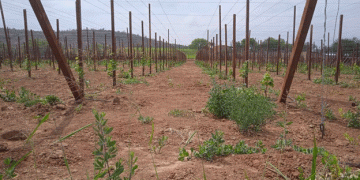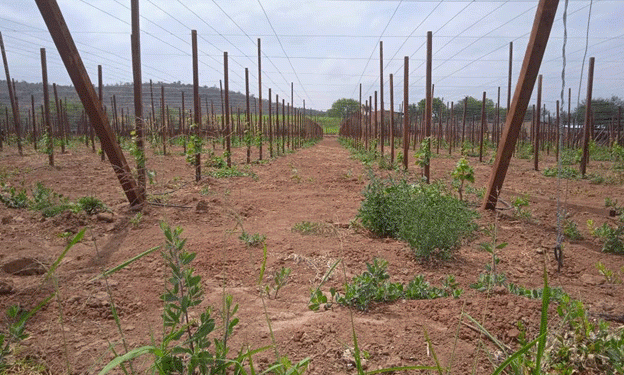The Cruceños Valleys, a vital agricultural area renowned for its diverse vegetable production, are currently grappling with an escalating drought crisis. According to state legislator Hugo Valverde, regions such as Comarapa, Saipina, Vallegrande, and Florida are particularly hard-hit. These areas, which are crucial for growing crops like grapes, peaches, strawberries, and a variety of vegetables, face the risk of crop failure if rainfall does not materialize in the coming month.
The Current Situation: A Dire Forecast for Farmers
Recent reports indicate that without adequate rainfall, farmers may struggle to ensure market supply, especially for key commodities. Valverde emphasized, “If it doesn’t rain in the next month, we cannot guarantee production for the markets and the capital.” This sentiment reflects the urgent need for intervention to prevent potential food shortages in the region.
The ongoing drought is exacerbated by several factors, including climate change and increased water demand in the area, leading to the alarming depletion of river water sources. Valverde pointed out that the rivers, crucial for irrigation, are drying up faster than expected, posing a significant threat to agricultural sustainability.
Data from the World Bank indicates that Bolivia’s agriculture sector is highly vulnerable to climate fluctuations, with droughts increasingly affecting crop yields. In fact, recent studies show that Bolivia has experienced a significant decrease in precipitation over the last decade, which has compounded the challenges faced by local farmers.
Agricultural Implications and Stakeholder Responses
In light of this alarming situation, Valverde has called for a meeting with representatives from the Ministry of Economy, Ministry of Agricultural Development, Land and Mines to discuss urgent matters such as the provision of agrochemicals, materials, and equipment necessary for producers. This collaborative approach aims to formulate strategies to support farmers in overcoming this drought crisis.
Moreover, the region may soon be declared a disaster area to facilitate emergency support and resources. Such measures are essential for mobilizing government and non-governmental assistance to ensure farmers receive the help they need to adapt to the adverse conditions.
A Call to Action for Sustainable Practices
The crisis in the Cruceños Valleys highlights the urgent need for sustainable agricultural practices that can withstand extreme weather conditions. Farmers and agricultural engineers must focus on innovative solutions such as drought-resistant crops, efficient water management systems, and soil conservation techniques to mitigate the effects of climate change. Collaborative efforts among government agencies, local authorities, and agricultural stakeholders are crucial in developing a resilient agricultural sector that can thrive even in challenging environments.
As the situation unfolds, ongoing monitoring and support for affected regions will be critical in safeguarding vegetable production and ensuring food security for the communities reliant on these vital crops.


































